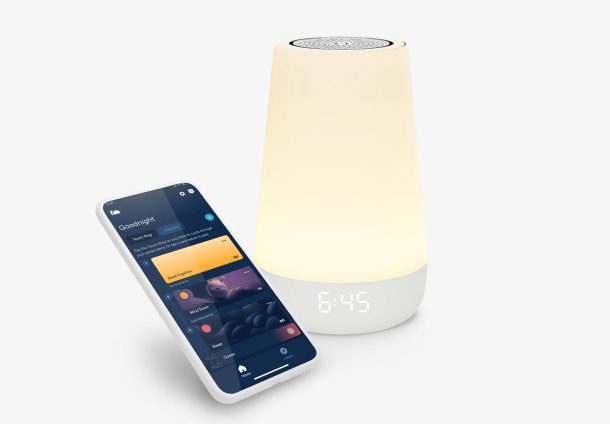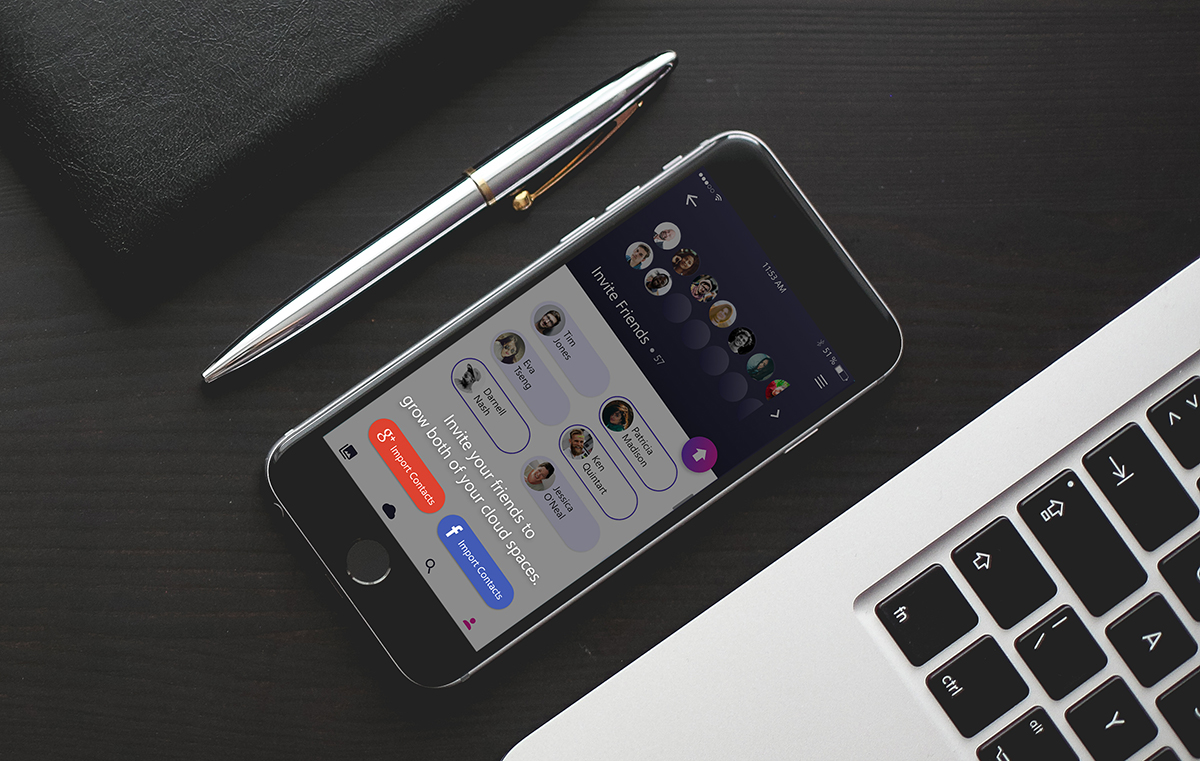
Frame
A UX Product Design Strategy that leads to Increased Retention
What does it take to create an app/product that grabs users’ attention and makes them want to continually use it? Users are spending more and more time using mobile apps every year; Apple said that on New Year’s Day 2017 alone, $240 million worth of apps were sold. However, according to research, 35% of mobile app engagements last less than a minute.
The reason for this varies. Maybe the product is innovative, but it has a bit of a learning curve and users don’t want to spend extra time learning a new app. Or maybe the task itself is mundane and boring. However, there are companies like LinkedIn making seemingly dry business-related tasks much more fun and engaging. How can a product turn online resume profiles into an engaging social network? What makes using it fun?
- IDA Design Awards, Spark Design Awards, INDIGO Design Awards
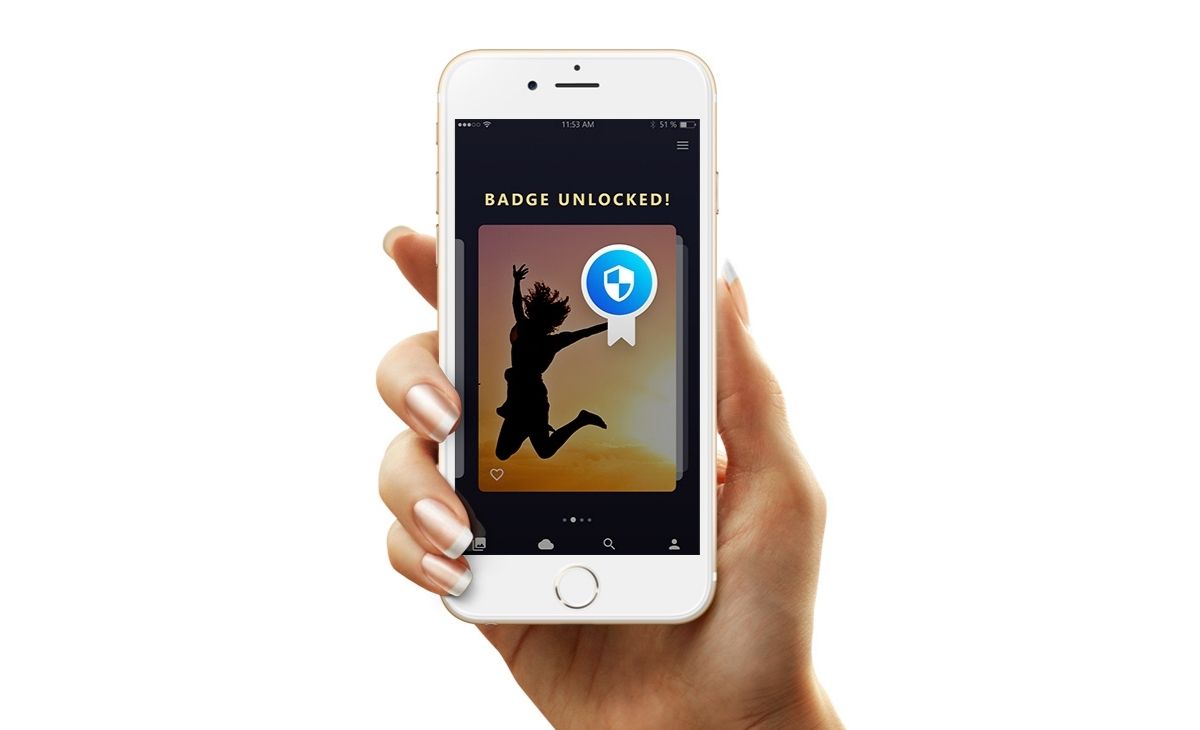
(The user gets points or badges that they can use to buy more cloud space.)
1. Study Why People Stop Using Products
There are a lot of tasks people feel like they have to do, but they don’t want to do. Distinguish first what your users ‘want to do’ and what they ‘have to do.’
Let’s use the Digital Picture Organizer, for example. If you’re like most users, you probably have multiple devices with your picture folders, multiple accounts like Flickr, Dropbox, Facebook, cloud drives, etc. Your pictures are everywhere and are unorganized. You may occasionally find some photos you didn’t know were in Google Photos or iCloud, and you usually ignore the problem. Some day you’re planning on organizing them, right? There is not yet one, centralized place to organize your photo collections.
Why is that?
The answer is simple…because it’s not fun. Sorting pictures on your desktop feels like work. Unlike organizing your room, digital photo organization doesn’t give you real-life results. People want feedback from others, but in the digital world you don’t get that after organizing photos. No one sees or shares your results.

What does your user like to do instead of ‘have-to-do-tasks’ such as organizing files? How do they use their time? What makes using these apps fun? Find out what motivates your user and apply it in your app.
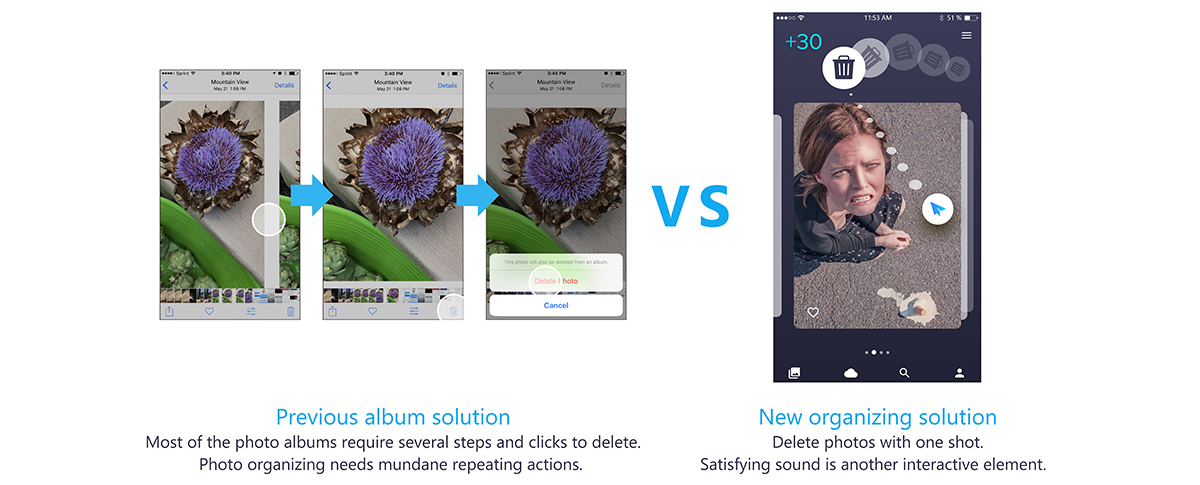
(Here is an app in which the user can do everything in one shot – Aim and shoot a photo to the trash bin (with a satisfying sound as feedback) and the next photo comes up automatically.)
2. Create a Strategy to Make Users More Easily Engaged with your App/Product
Benchmarking other industries can benefit you. The gaming industry, for example, has mastered motivation and engagement techniques for quite a while. Can we learn game-design elements and apply them to our non-game contexts, such as our photo organization app?
LinkedIn, as a business-oriented social network, uses a lot of game mechanics, such as a progress bar and endorsement features. Users often engage when they receive and return the endorsement which is called “gifting” in the gaming world.
Give user control and visual cue on uploading the pictures to the cloud. Automatic cloud update often confuses user. If the user feels ‘confused’ by not understanding it, they will stop using your app.
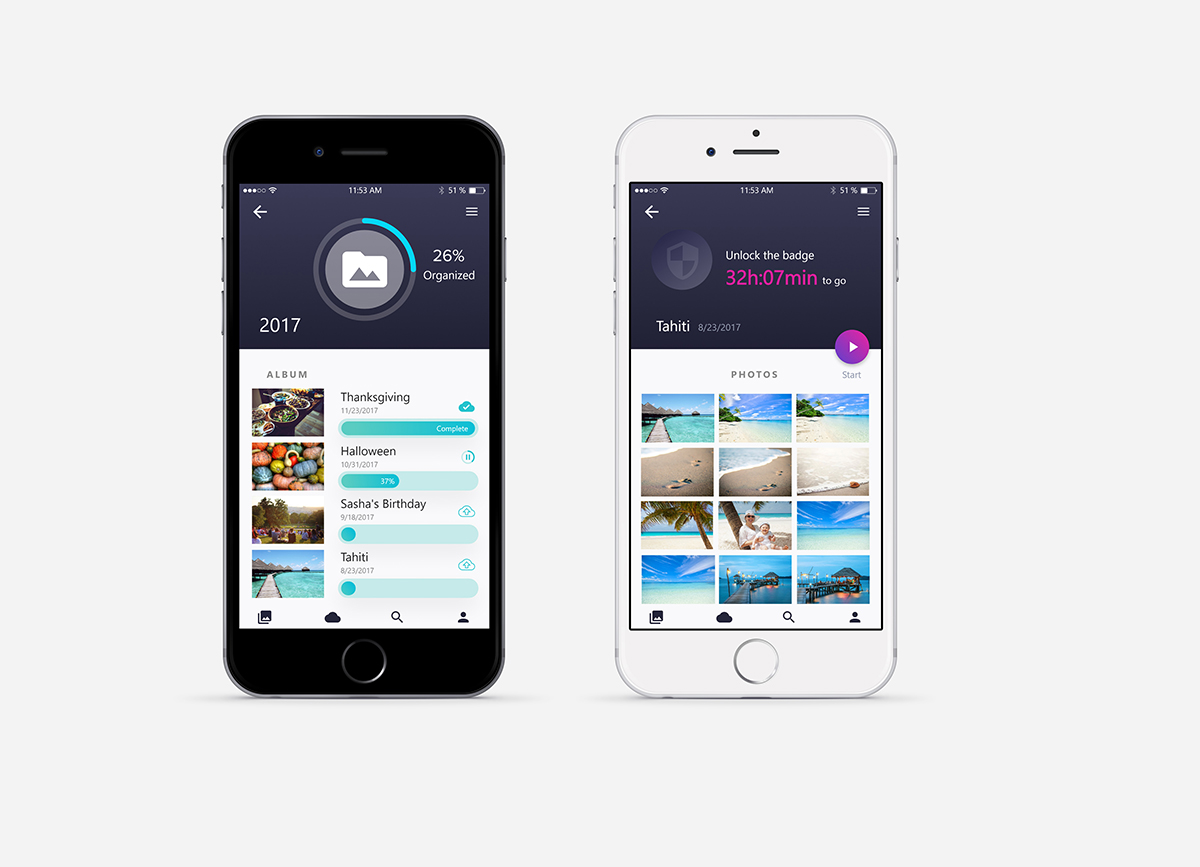
(A progress bar makes the user want to finish the task. Also, our brains get excited when we feel we’re getting better at a task.
Sense of urgency gives them pressure to act: If the user finishes within the next 3 days, they get a new badge.)
3. Design Small Cheerleading Elements
Once you got the users’ attention, give them little challenges. We all like challenges we think we can achieve. Give users a sense of “I can win this one.” Give them a little room to be creative with their strategy to win. Design your app so that after a few failures the user can achieve the goal. These achievements give your users a rush, which makes them feel good and want to continue “playing.”
Level up, rewards, a sense of urgency, a progress bar – they’re all great elements to encourage users to do a small task. Well-designed elements like these can help with user engagement, entertainment, and retention.
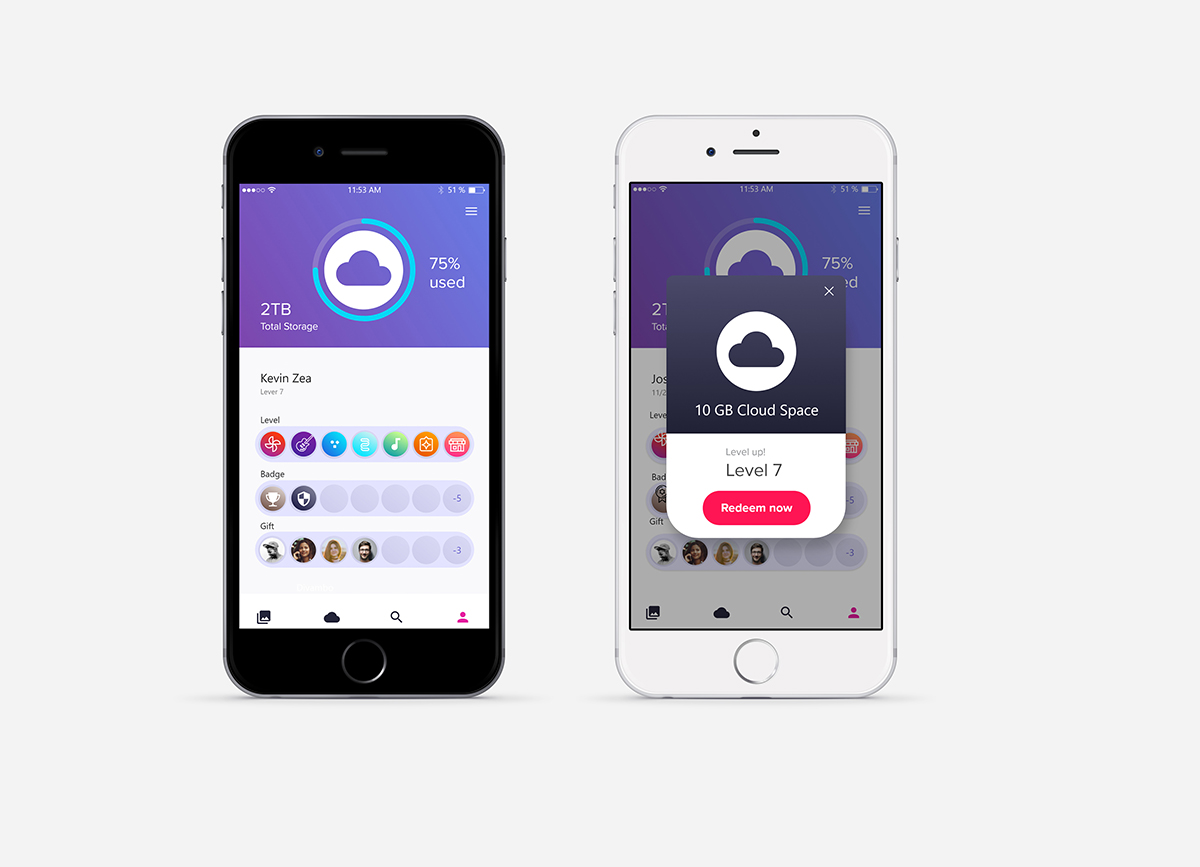
(Level up/reward: Create a potential badge space – the user has higher engagement to fill that space.)
4. Stay Connected with the Big Goal of Why They Are Doing It
The issue with these small cheerleading elements is that if you only use small elements they may lead to lack of sustain desirability. You need to present a bigger goal to achieve from the beginning, and remind users of it from time to time. They’ll then feel a sense of accomplishment and empowerment when they achieve it.
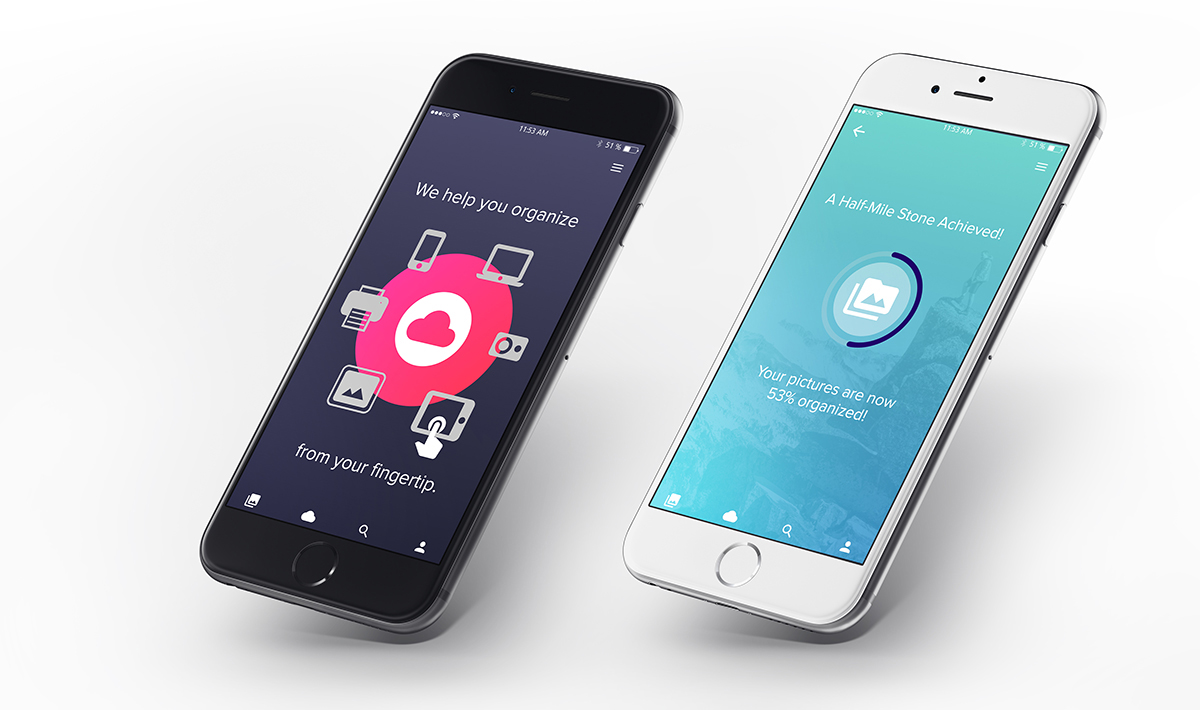
(From the beginning, make the user imagine the benefit. For example, if you organize your photos through this app — your phone, desktop, or cloud will update together.
Reminders from time-to-time: “A Half-Mile Stone Achieved! Your pictures are now 53% organized!” Use a picture/image to remind them of their achievement.)
5. Think About How Your Users Like to be Perceived by Others
Word-of-mouth app recommendations are even more important these days. With trust in advertisements declining, trust in friends’ advice and even online reviews is increasing.

(Design a system to easily invite other users: Most users will recommend an app only if they feel like it will benefit friends and family. Design a system that benefits both the user and the user’s friends.)
Many companies try to make users invite their connections; however, users often hesitate because they don’t want to be perceived as the one who constantly sends junk mail and invitations. Use real world incentives to lure new customers.
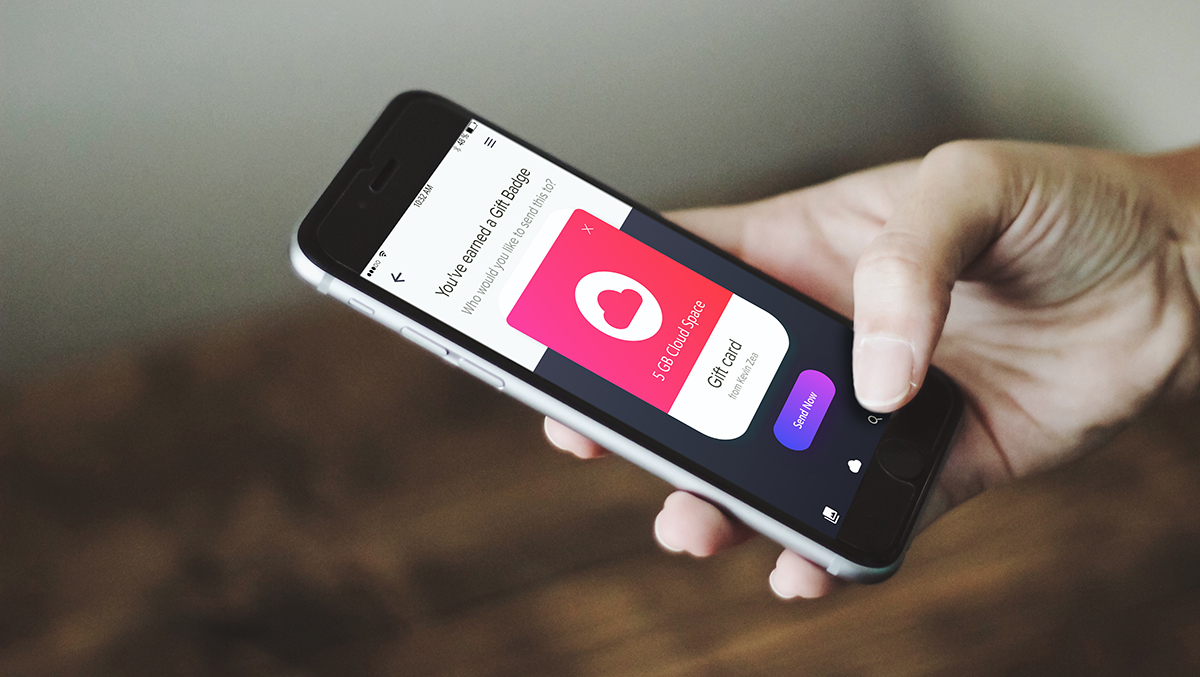
( “You’ve earned your gifting badge. Would you like to send a 5 GB free cloud space to your friend?” Make people feel they’re giving something valuable to others. When people receive gifts, they’re more likely to give back to others. Another reason to come back to the app overall, it helps increase user retention.)
Design an experience that users want to share with others. In the end, it’s not about your product, it’s about your users — how they feel about themselves within their circle of friends and community, and their core drive. The product itself doesn’t mean much to the user. How they feel while and after using the product matters the most.
Let them feel smarter and better by using your product. Let them be good at your product. They will introduce your product when it makes them feel good to share it with their community. Sharing something useful with others empower them. When you design product, consider how your users want to be perceived within their group. If you design right, your users could be the best advertisers of your product.
